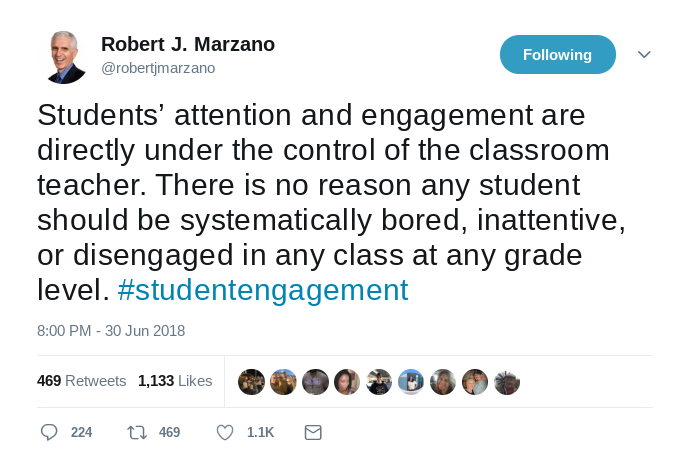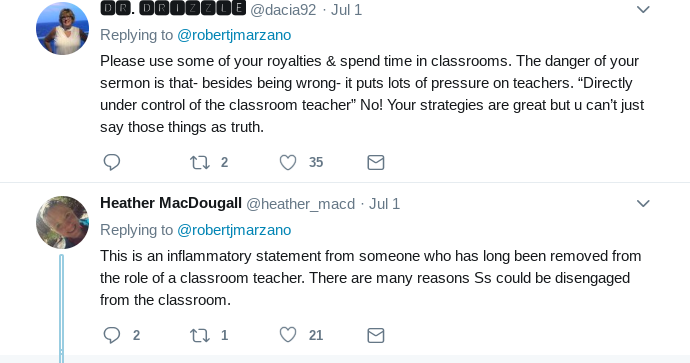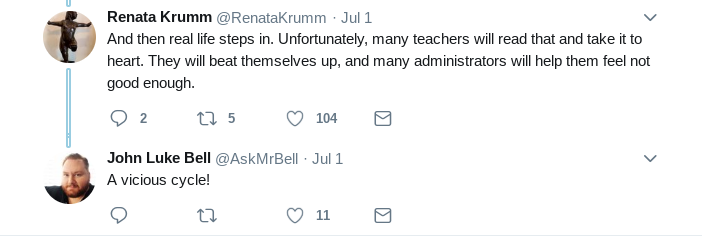
Regular readers of this blog know that I believe professionals should be paid for their work. I believe it even more strongly for teachers because unlike their counterparts in business, teachers will never earn a promotion or a pay raise based on their willingness to donate their labor. While others may put in 60 hours of work each week, many of them do so with the belief that they will personally benefit from such a sacrifice at a later date. That’s why I bristle when people who aren’t teachers make the argument that everybody puts in extra hours, so teachers should quit whining. Teachers’ extra hours are different because those hours are almost always given selflessly, which is why asking teachers to donate them is exploitative.
That said, there are times when teachers should be willing to work for free. Here are four.
To Set Up Their Classrooms
Let me be clear. Teachers should be paid to set up their classrooms. They aren’t doing it for fun, they’re doing it because their work, which is done on behalf of the school district, requires that it be done. The logistics are tricky for the district, though. Should teachers who spend 20 hours Pinterizing their rooms be paid more than minimalists who only spend 3? Might not some teachers, those without kids or who dislike their spouses, perhaps, just spend eight hours a day for an entire week, tinkering around in their rooms, so they can pile up the dough? It’s easy to see why districts don’t offer an hourly rate to teachers for this work.
Districts could, however, and should, offer a flat-rate. Respectful employers should negotiate a dollar amount to give every teacher, knowing that every teacher will be spending some time setting up their classrooms. They never will because they don’t have to and they know it. They know that no self-respecting teacher is going to show up at the school open house or the first day of class without having most things in place. District leaders also know that they will not be blamed if teachers do exactly that and say, “Well, the district won’t pay me to come in, so I don’t.” That makes the teacher look bad, not the district. If it makes you look bad in front of kids and parents, you will work for free, and so you will continue to do so. It isn’t ideal, but it’s understandable, and there’s probably no fixing this particular practice.
To Make Your Job Easier
As much as I wish it were not true, there is no way to do this job without putting in some time outside of your contractual hours. Having done this for 18 years now, 15 of them at the same grade level and with the same district, I have a ton of advantages that many teachers don’t enjoy. I’m familiar with the curriculum. I have a library of lessons that can be counted on. I’ve found efficiencies through trial and error. I am able to leave school at school almost every night by focusing on what’s most important, constantly asking myself why I am doing what I am doing, utilizing technology, and taking practical steps like getting rid of homework and focusing on written feedback instead of grades in writing (I write about these strategies and others in my book, Leave School At School).
Even so, I still come in 45 minutes to an hour before school every day. There are just too many things to do. Not coming in early would add considerable stress and make the job all but impossible, which is why one of the dumbest things unions do when they are in the middle of contentious contract negotiations is tell their teachers to work to the contract. Teachers hate doing this because it makes their job even harder than it already is. Being unprepared makes everything more stressful.
Work for free when doing so makes your job easier.
To Have a Say
I have served on three interview teams and I wasn’t paid for any of them. These were full days, requiring me to drive 30 minutes each way without any reimbursement and listen to new teacher candidates earnestly share why they would be the best hire. This was time given to my district to help them select the best people to educate the kids in their community.
I have also served on a district committee to evaluate a new reading program, and I know a number of teachers who joined a team of fellow teachers, district leaders, and community members when the district went through restructuring. While all of this work was performed on behalf of their employer, it was all consequential to teachers. I want to have a say in who my colleagues will be, which reading program I’ll be forced to use, and how a transition to a new building will be handled.
Teachers should be willing to work for free to have a say in their work conditions.
To Personally Benefit
Money is not the only form of compensation. Teachers might choose to work for free if they personally benefit in other ways. If you are passionate about something, then working for free won’t bother you because you’re doing something you love and your “pay” is the joy you feel while doing it. I work with a teacher who is passionate about Make a Difference Day. Most years, she spends hours coming up with and implementing ideas to make this day special for the whole school. She derives immense pleasure from it, more satisfaction than any amount of money would give her (well, maybe not any amount).
I am an unpaid member of the district’s technology team, but that doesn’t mean I’m working for free. First, I like technology and use it a lot in class. It’s made my teaching more efficient, relevant, and fun. So I benefit in those ways. Second, I like knowing and having some influence on what direction the district is heading in with respect to technology and I enjoy bringing staff concerns to the district. Third, I benefit because members of the tech team receive piloted devices and programs. I had one of the first Chromebooks in the district and I have one of a handful of SMART boards in my classroom. I’m being “paid” in other ways, so I’m willing to work for something other than money.
Be Careful
The danger comes when teachers see their entire job this way. When you claim that teaching is your passion, you’ll be willing to take on countless extra duties without pay. If teaching truly is your calling, you’ll feel no resentment over serving on every committee and attending every after-school event. Rather than exhaust and demoralize you, you’ll get a charge out of it.
The problem is this: While you may enjoy donating your time, many of your colleagues do not. And when enough teachers are willing to work for free, working for free becomes an expectation and those who don’t do it suffer unfair reputational harm. No teacher should feel like they have to work for free. Years of selfless teachers giving away their time has led to a culture of exploitation. Districts don’t even think twice about asking teachers to work for nothing.
So be careful. Although your motives may be pure and you really want to do whatever it takes to help kids, the consequences of working for free can hurt your colleagues and it already has hurt the profession as a whole.
Related Articles:
Teachers’ Extra Hours Are Different















